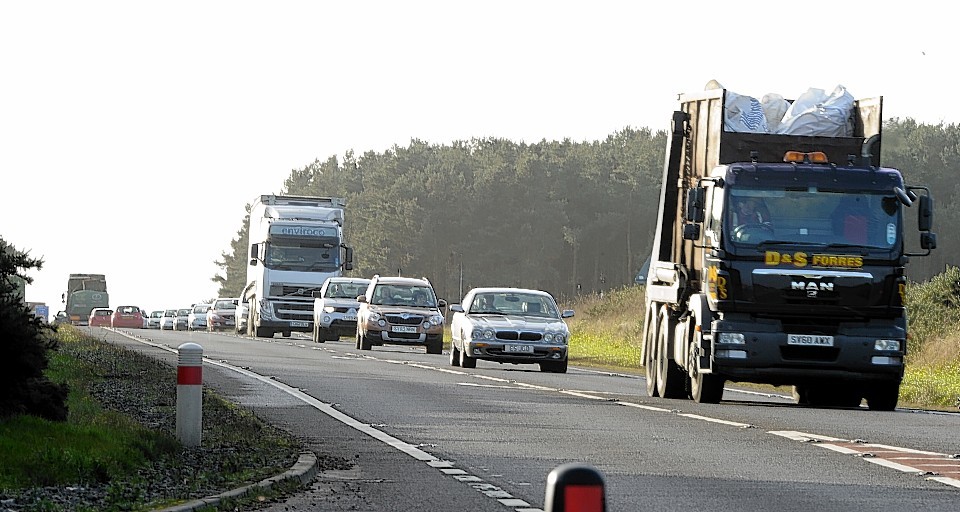Calum Ross
Dozens of archaeological sites, historic buildings and a 370-year-old battlefield could all be affected by plans for a new dual carriageway between Inverness and Nairn.
More than 30 sites of archaeological importance face “significant impact” during work on the 19-mile stretch of the A96 – with many earmarked for partial or complete removal.
Five historic buildings could also be adversely affected, and the Auldearn Battlefield from 1645 could experience “changes to the topography”.
The potential knock-on consequences of the huge construction project were revealed yesterday as transport chiefs published the draft orders and environmental statement for the scheme.
It is the first phase of a £475million project to dual the entire length of the A96 from the Highland capital to Aberdeen by 2030.
A total of six grade separated junctions will be created between Inverness and Nairn, and the public will get the chance to have their say at a series of consultation meetings next week.
The environmental statement outlines eight “large” adverse impacts, including how the construction of the proposed junctions at Balloch and Brackley would result in the “complete removal” of four prehistoric and Bronze Age “ring ditches”, enclosures and structures at Upper Cullernie.
The same fate would await a Bronze Age monument of “national importance” at Brackley, which comprises a prehistoric settlement of at least four roundhouses, as well as a prehistoric ring ditch at Ashton Farm, and another at Penick Farm.
A further 25 archaeological would face a “moderate impact”, including “temporary visual intrusion” at scheduled monuments Stratton Lodge ring ditch, Allanfearn enclosure and ring ditch, Isle View ring cairn, Brackley pit circle, Gollanfield enclosure and pit circle and the enclosure and cropmarks at Meikle Kildrummie.
More than a dozen other sites would also be disrupted under the plans, including “partial” and “almost complete” removal.
Historic buildings such as B-listed Allanfearn Farmhouse, B-listed Meikle Kildrummie House, Newton of Petty United Free Church and War Memorial, and Culblair Farmhouse could experience “visual and noise intrusion”, according to the environmental statement.
Views of Auldearn Battlefield from the National Trust for Scotland viewpoint at Boath Doocot would also be impacted, while there would be topographical changes to the battleground which would “sever the route taken by the Covenanter army to their final battle formation” during their 1645 clash with Royalists as part of the Wars of the Three Kingdoms.
A series of mitigation measures are proposed by Transport Scotland’s consultants Jacobs, including archaeological recording, historic buildings recording and landscape planting.
Black Isle-based freelance archaeologist Steven Birch said: “Some of these sites are quite major. I’m sure they would have looked at ways to mitigate the impacts and avoid them.
“It’s always sad to lose monuments, there’s no two ways about it, but there can be benefits as well.
“The big question is what they find when they are are digging the track. I suppose there is the potential for a lot more than that.
“It’s a double-edged sword. What you get in return is a record of what has been found.”
Public exhibitions will be held next week on Wednesday at The Newton Hotel in Nairn, on Thursday at Nairn Community and Arts Centre, and on Friday at Culloden-Balloch Baptist Church.
David McGrath, chairman of Culloden and Smithton Community Council, said: “The sooner they get the road built the better, as far as I’m concerned.”
